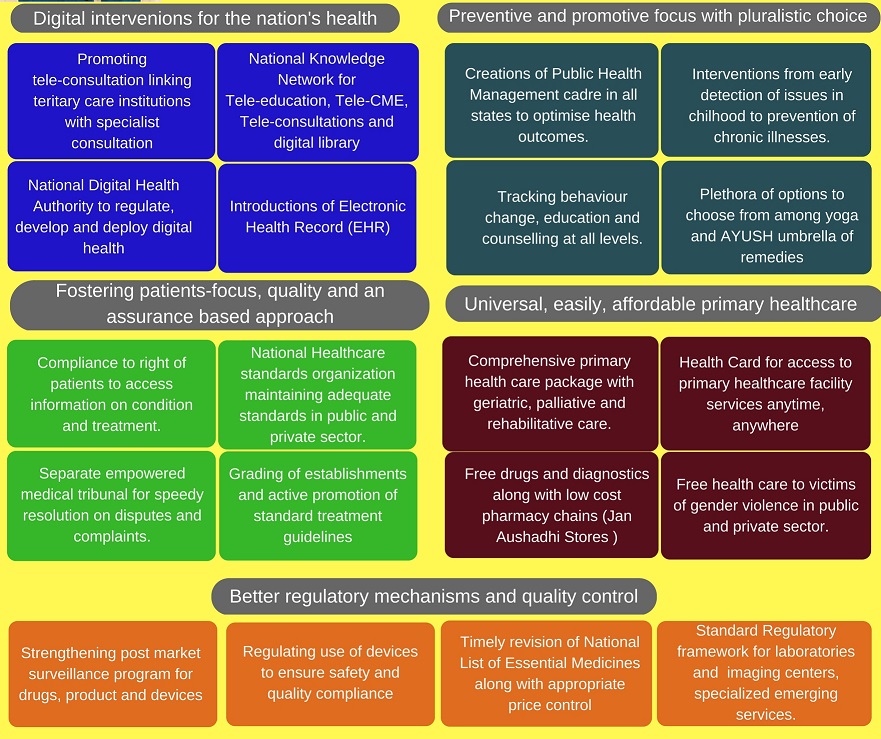7667766266
enquiry@shankarias.in
Why in news?
The National Health Policy, 2017, was approved by the Union Cabinet which will replace the previous policy adopted in 2002.
What are the key highlights?

What are the key targets?
What are the positives?
What are the lacunas?
What should be done?
Source: The Hindu, Indian Express